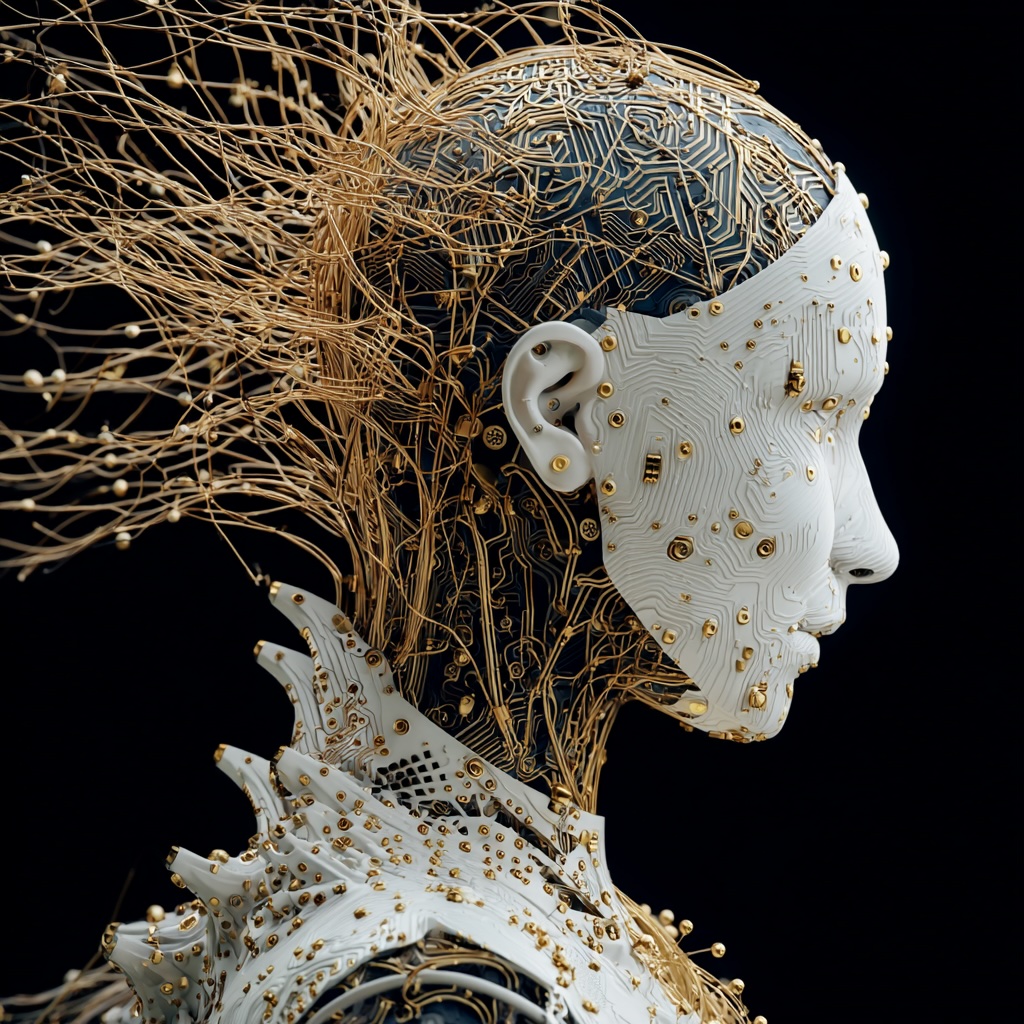Blog
A Brief History of GPT Through Papers

Understanding the Evolution of GPT: A Journey Through Research Papers
The journey of Generative Pre-trained Transformers (GPT) marks a significant evolution in natural language processing. Since its inception, GPT has transformed how machines understand and generate human language. This blog post will explore the history of GPT through key research papers, highlighting its development, advancements, and impacts.
The Genesis of GPT
The evolution of GPT began in 2018 with the introduction of the original GPT model by OpenAI. The paper titled “Improving Language Understanding by Generative Pre-Training” laid the groundwork for what would become a revolutionary approach to language modeling. The model utilized unsupervised learning from a large corpus of text data, showcasing the power of pre-training for a range of natural language processing tasks.
Key Features of GPT
The original GPT model introduced several groundbreaking concepts:
- Pre-training and Fine-tuning: The model was first trained on a vast dataset to learn language patterns. After this, fine-tuning on specific tasks enabled it to perform better in varied applications.
- Transformer Architecture: GPT utilized the transformer architecture, first introduced in the paper "Attention is All You Need". This model dramatically improved efficiency and performance in processing language compared to previous recurrent neural networks (RNNs).
The Rise of GPT-2
In 2019, OpenAI released GPT-2, the successor to the original model. The research paper, “Language Models are Unsupervised Multitask Learners”, marked advancements in scale and capability. GPT-2 featured 1.5 billion parameters, significantly more than its predecessor.
Major Advancements
The introduction of GPT-2 brought several enhancements:
- Contextual Understanding: With a larger training dataset, GPT-2 exhibited improved comprehension of context, enabling it to generate more coherent and contextually appropriate responses.
- Diverse Applications: The model demonstrated that a single architecture could tackle various tasks, such as text summarization, translation, and question-answering, with no task-specific training.
Controversy Around GPT-2
Despite its advancements, GPT-2’s release was met with controversy. OpenAI initially withheld the full model due to concerns about misuse in generating misleading content. This raised important ethical discussions about the implications of powerful language models and their potential for manipulation.
Advancements with GPT-3
In 2020, OpenAI launched GPT-3, a model that stunned the tech community with its scale and sophistication. The accompanying paper, “Language Models are Few-Shot Learners”, highlighted GPT-3’s capacity to understand tasks with minimal examples.
Features of GPT-3
GPT-3 included several critical improvements over previous versions:
- Massive Scale: It boasted 175 billion parameters, making it one of the largest language models at the time. This scale directly contributed to its more nuanced understanding and generation capabilities.
- Few-Shot, One-Shot, and Zero-Shot Learning: GPT-3 was capable of performing tasks with very few examples, showcasing its flexibility and adaptability. This ability significantly reduced the need for extensive task-specific training, making it highly efficient.
Practical Applications of GPT-3
The advancements in GPT-3 opened the floodgates for numerous applications:
- Content Creation: Writers and marketers began leveraging GPT-3 for generating articles, blogs, and marketing content, drastically changing the content creation landscape.
- Programming Assistance: Tools like GitHub Copilot utilized GPT-3 to assist programmers, providing real-time code suggestions and explanations, thereby enhancing productivity in software development.
The Transition to GPT-4
Building on the robustness of GPT-3, OpenAI introduced GPT-4 in 2023. The accompanying research paper delves into the various enhancements and features of the model, solidifying its position at the forefront of NLP technology.
Innovations in GPT-4
GPT-4 brought several notable advancements:
- Enhanced Understanding and Creativity: The model showcased improved reasoning abilities and creative generation, making it adept at complex problem-solving and generating innovative ideas.
- Interactivity and Personalization: GPT-4 demonstrated improved interactive capabilities, allowing for a more conversational interface that personalized responses based on user inputs.
Ethical Considerations in Language Models
As the capabilities of GPT models continue to expand, ethical considerations play a crucial role in their deployment. The potential for misuse, misinformation, and biased outputs raises important questions about responsibility and accountability in AI development.
Responsible AI Use
Organizations and developers are increasingly focusing on ensuring responsible AI use. This involves:
- Transparency: Open discussions about model capabilities and limitations can foster trust and understanding among users.
- Bias Mitigation: Efforts must be made to address any biases present in training data to develop fair and equitable language models.
The Future of GPT
Looking ahead, the future of GPT and similar models appears promising. Continued advancements in computational power, data availability, and algorithmic innovations are set to redefine the boundaries of natural language understanding and generation.
Potential Developments
Future iterations of GPT may focus on:
- Multimodal Capabilities: Integrating visual and auditory data to enhance comprehension and interaction.
- Increased Interactivity: Developing models that can hold context-aware, multi-turn conversations with users, making them more effective in applications like virtual assistants.
Conclusion
The history of GPT is a fascinating journey marked by rapid advancements in technology and capabilities. From the initial introduction of GPT to the sophisticated iterations of GPT-3 and GPT-4, the evolution of these models underscores the transformative impact of artificial intelligence on language processing. As we continue to explore the potential of these technologies, ethical considerations will be at the forefront of discussions, ensuring that AI remains a beneficial tool in enhancing human communication and creativity.

